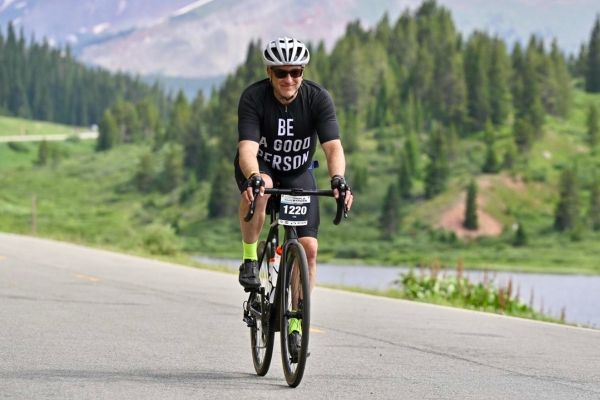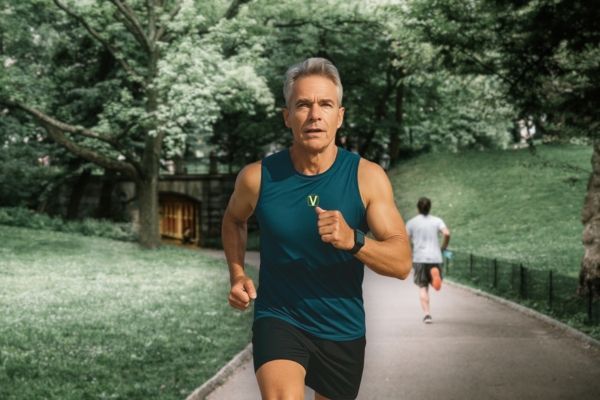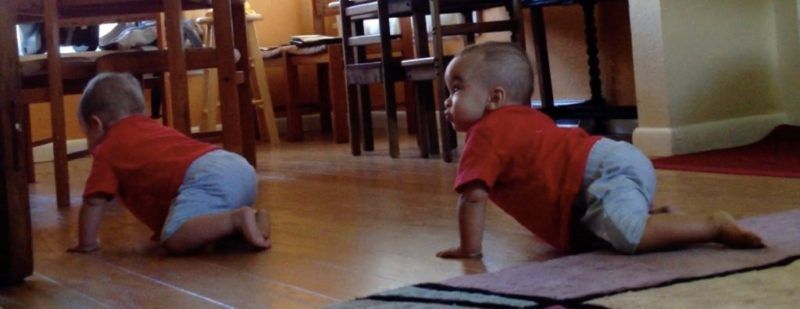What is Recovery X – Pressing Reset?
Recovery X – Pressing Reset
Recovery X – Pressing Reset is a group exercise class based on the practices and concepts of Original Strength.
Have you ever been working on your computer or your phone and it just doesn’t seem to be working right? What do you do? You turn it off and back on again. Some devices have a reset button. Sometimes you press Ctrl-Alt-Del.
And more often than not, that’s all you needed to do get it working well again. Pressing Reset on your body is very much like that.
The mission of Original Strength is to bring the hope and strength of movement to every body in the world. Based on the human developmental sequence and the design of the human body, the Original Strength System teaches movements which help RESET an individual’s neuromuscular system allowing them to enjoy improved physical movement and physiological function.
The power of Pressing Reset is in its simplicity – Breath, Nod, Turn, Roll, Rock, Crawl. What you get out of it depends on what you need and what you put into it.
Three Reasons You Need Recovery X – Pressing Reset
1. Restore and build your reflexive strength.
Reflexive strength refers to how well your body reacts to an external stimulus without needing your conscious response. In Recovery X – Pressing Reset, restoring and building reflexive strength leads to improvements in your mobility and stability in 3 ways. 1) It enhances the way diaphramatic breathing leads to core strength. 2) It stimulates your vestibular system which is the sensory system that provides a sense of balance and spatial orientation for the purpose of coordinating movements. 3) It restores and improves your gait patterns which is our primary movement.
All this is beneficial for anyone regardless of their current physical status or goals. If you’re rehabbing an injury or coming off an illness, it will help speed the recovery. For weekend warriors, it will help improve your coordination and performance. Or if you’re a high performing athlete, it will help take your performance to the next level.
2. Hit your performance goals quicker.
Joe Friel, cofounder of Training Peaks, once said, “It would be better to call your recovery day an adaptation day. While they certainly overlap, they’re not the same thing. Adaptation is the real goal of such a day of reduced stress.” Rest and recovery is necessary not only for the adaptions you’re trying to achieve, but also to prevent overtraining which can lead to illness, injury, emotional stress, poor sleep, and training plateaus.
3. Recover with movement.
Another benefit of Recovery X – Pressing Reset is its movement-based recovery work. The purpose is to provide an active rest from the hard work and stress you do other days of the week. It balances the “fight or flight” with the “rest and digest.” Think yin and yang. Be exploratory. Think therapeutic. Do corrective exercises. It’s like the periodic maintenance you do on your car.
The first 35-40 minutes of class are all about Pressing Reset. We breath, nod, roll, rock, and crawl. The remaining time is spent on soft tissue work with balls, sticks, and rollers working out the kinks and knots.
All in, it’s 50 minutes of reset and recovery combining a variety of therapeutic modalities to restore and enhance balance in your life. You’ll feel rejuvenated, energized, and ready to tackle your day and your next workout.
Bare or stocking feet. No shoes! Schedule now!
You might also enjoy these posts . . .








